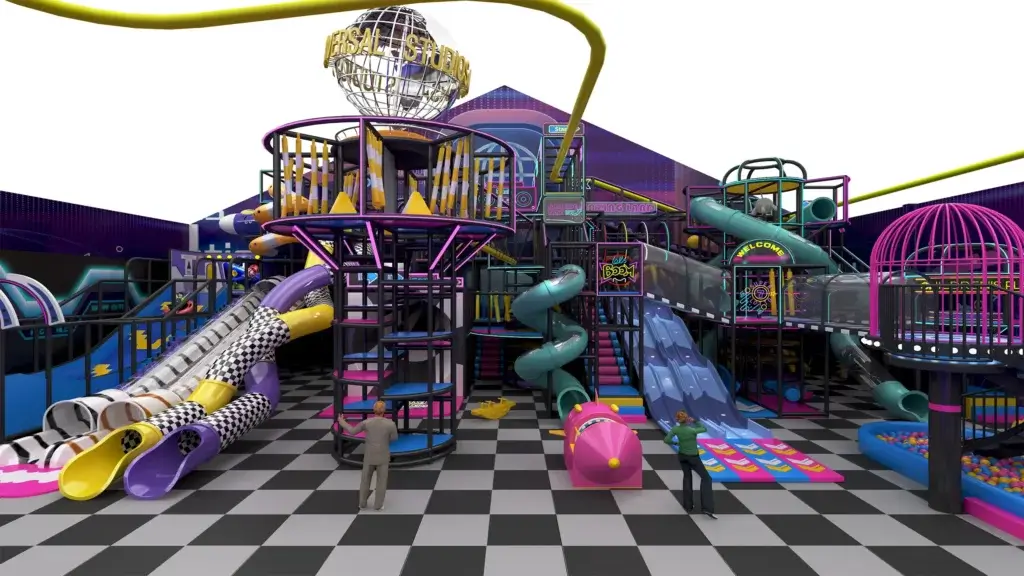Playgrounds have been around for over one hundred years. What started as a simple sand garden (or an early version of the sandbox), has now grown into playgrounds filled with many complex, educational, and themed elements. As one of them, Indoor playgrounds have become a staple in communities, offering a safe and fun environment where children can play and learn regardless of weather conditions. Each indoor playground structure can stimulate the imagination, develop physical abilities, and encourage social interaction among children.
The Different Types of Indoor Playground Structures
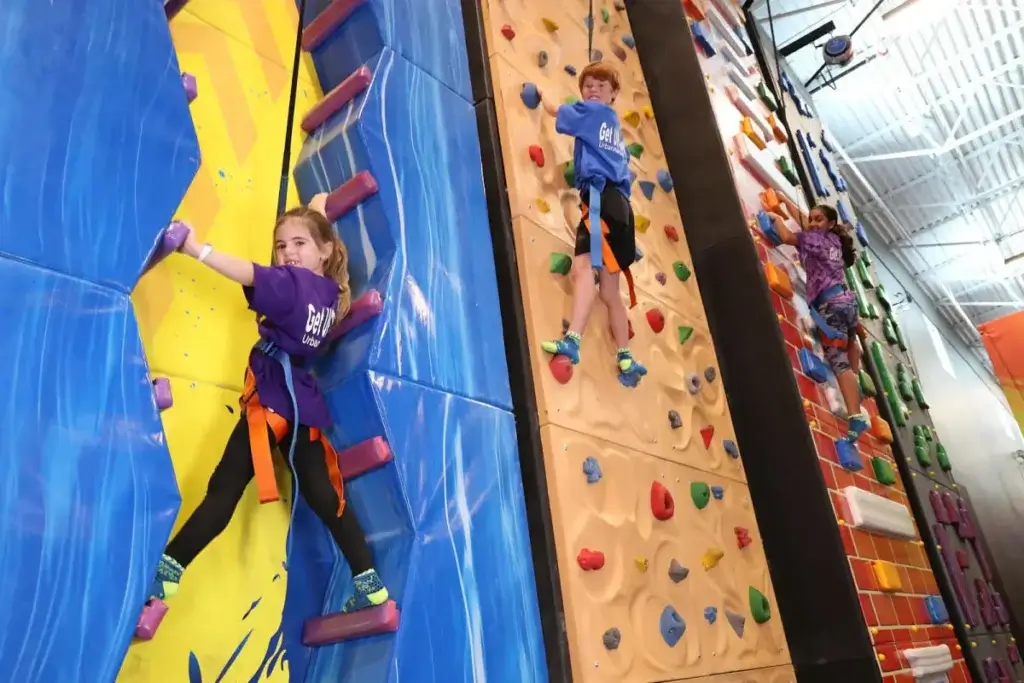
Climbing Structures
Climbing structures are an essential component of any indoor playground. These structures challenge children’s physical abilities and promote the development of gross motor skills. They usually consist of various obstacles, such as ladders, ropes, and tunnels, that require children to climb, crawl, and balance their way through the structure. Climbing structures also promote confidence and problem-solving skills as children navigate the obstacles.
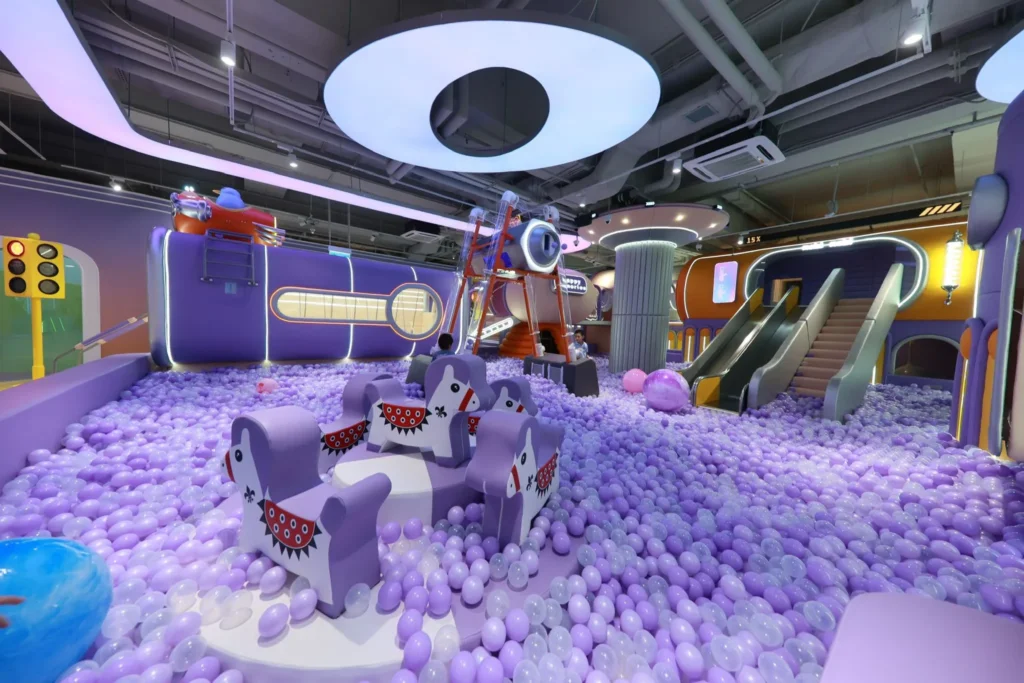
Soft Play Structures
Soft play structures are ideal for younger children who may not yet have fully developed their gross motor skills. These structures use soft, cushioned materials that provide a safe crawling, rolling, and climbing environment. They often include interactive elements such as tunnels, slides, and ball pits to engage children’s senses and promote play.
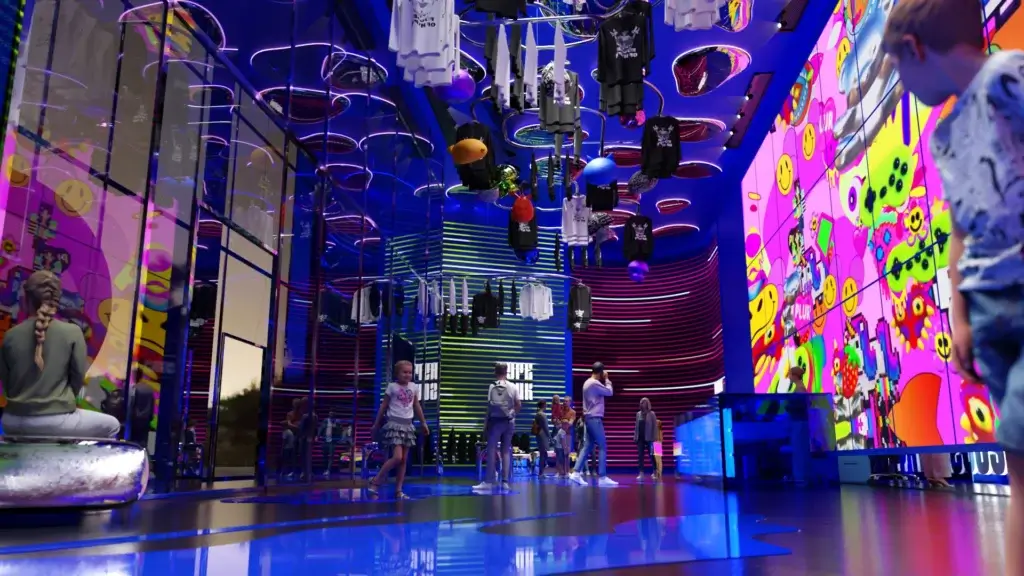
Sensory Structures
Sensory structures can stimulate all five senses and enhance sensory development in children. These structures often include interactive elements such as textured walls, musical panels, and light displays to encourage exploration and sensory integration. Children with sensory processing disorders can greatly benefit from these playground structures.
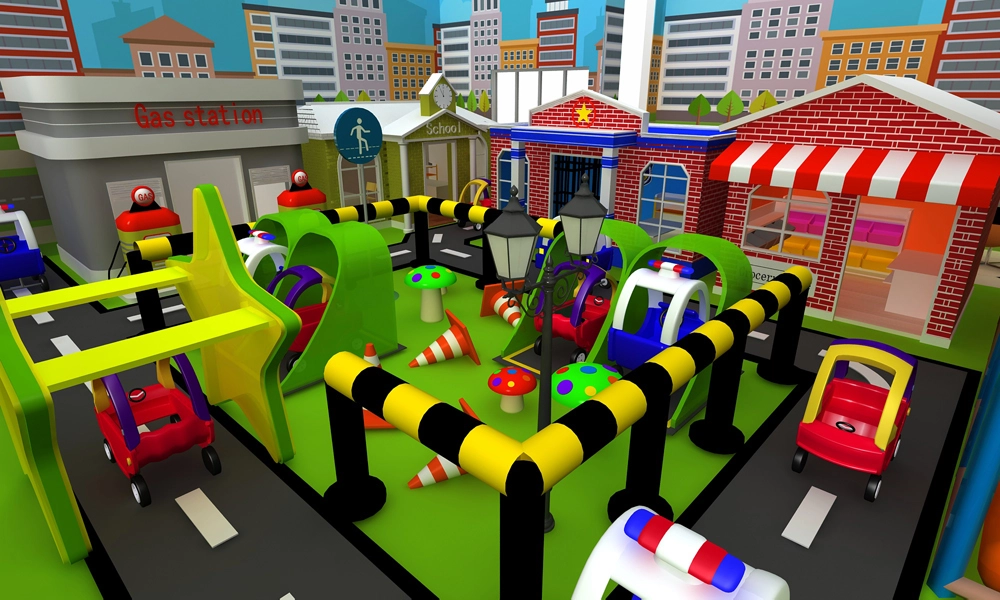
Roleplay Structures
Roleplay or imaginative play structures can spark children’s creativity and encourage pretend play. These structures resemble real-life environments such as grocery stores, fire stations, or post offices. They typically include props and costumes for children to use while engaging in imaginative play scenarios.
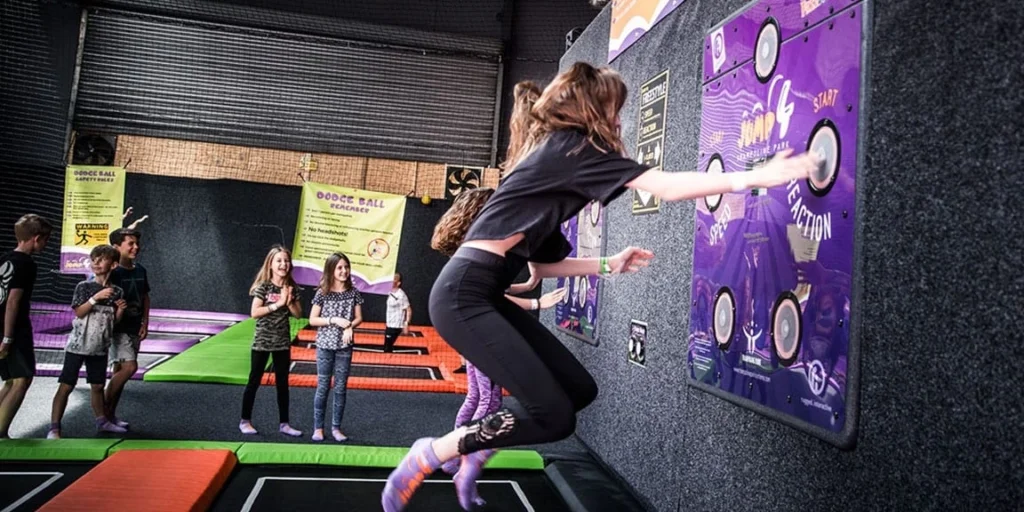
Interactive Game Structures
Interactive game structures combine physical activity with mental stimulation. These structures often include electronic games or interactive panels that require children to use their minds and bodies to complete challenges or solve puzzles. They are a great way to promote cognitive development while providing an engaging play experience.
Indoor playgrounds offer a diverse range of structures that cater to the various developmental needs of children. From the physical challenge of climbing structures to the imaginative wonders of roleplay areas, each element plays a crucial role in fostering growth and education in a fun, engaging manner. Sensory and interactive game structures enrich the experience by providing sensory-rich environments and cognitive challenges.
If you need a commercial indoor playground, DreamCatch Playground has an extensive range of high-quality structures. Browse our website and discover the perfect playground for your indoor space! Let’s provide a safe, stimulating environment for children to play, learn, and grow!
The Most Popular Indoor Playground Equipment
When designing a kids’ indoor playground, the right combination of equipment is crucial to creating a fun, safe, and engaging environment. Playground equipment can be grouped based on its function, and it’s important to cater to various developmental needs — physical, social, cognitive, and emotional — of the children who will use it. Below are the main types of kids’ playground equipment, along with their benefits and features:
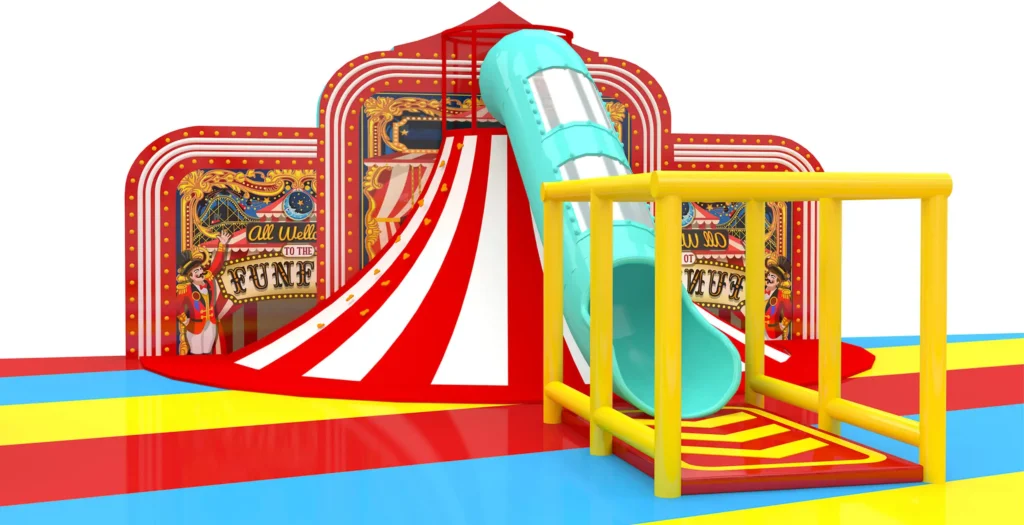
1. Slides
Slides are a classic piece of playground equipment that kids of all ages love. They come in many different shapes and sizes, from small toddler slides to large Triple slides or twisting slides that are perfect for older children. When choosing a slide for your indoor playground, consider the age range of your target audience and the amount of space you have available.
2. Climbing Toys
Climbing toys are another popular type of indoor playground equipment. They come in many different forms, from simple climbing walls to more complex structures that include ropes, ladders, soft padding walls, and other obstacles. Climbing toys are great for developing children’s motor skills and hand-eye coordination, and they’re also a lot of fun!
3. Ball Pits
Ball pits are a classic piece of indoor playground equipment that kids love. They’re great for developing children’s motor skills and hand-eye coordination, and they’re also a lot of fun! Ball pits come in many different sizes, from small ones that can be used in a home playroom to large ones that can accommodate several children at once.
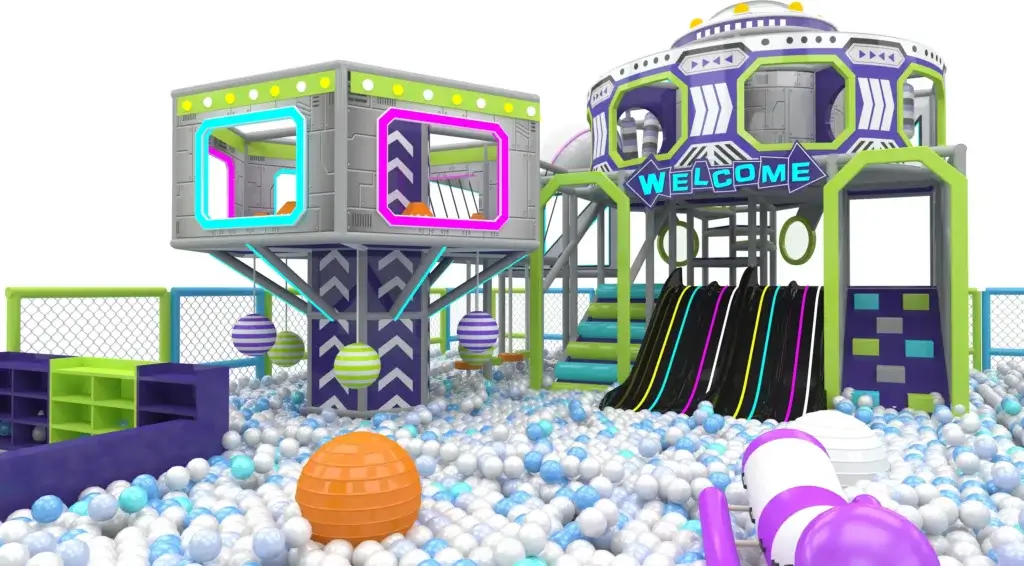
4. Swings
- Traditional Swings: Swings are a playground staple that can be used individually or in pairs. They help with balance, coordination, and strength as children propel themselves forward and backward.
- Bucket Swings (Baby Swings): Designed for younger children or toddlers, these provide more support and safety.
- Tandem Swings: These allow two children to swing at the same time, promoting social interaction.
Spinning Swings or Merry-Go-Rounds: These provide a spinning motion, adding an element of excitement and developing vestibular (balance) skills.
5. Seesaws and Teeter-Totters
- Traditional Seesaws: A pair of children sit at opposite ends of a board, which tips back and forth. Seesaws help children work together, learning about balance and timing.
- Spring Riders: These are small, spring-mounted animals or vehicles that kids can bounce on, helping with balance and coordination.
6. Merry-Go-Rounds (Carousel or Spinner)
- Traditional Merry-Go-Round: A rotating platform where children can push off the ground to spin. It helps children develop balance and spatial awareness.
- Spinning Discs: Similar to merry-go-rounds but with smaller platforms, these spin when kids push them. They help build coordination and balance.
There are many different types of equipment that you can include in your indoor playground business for sale. When you choose indoor playground equipment, consider the age range of your target audience, the amount of space you have available, and your budget. With the right equipment, you can create a fun and engaging environment that children will love.

